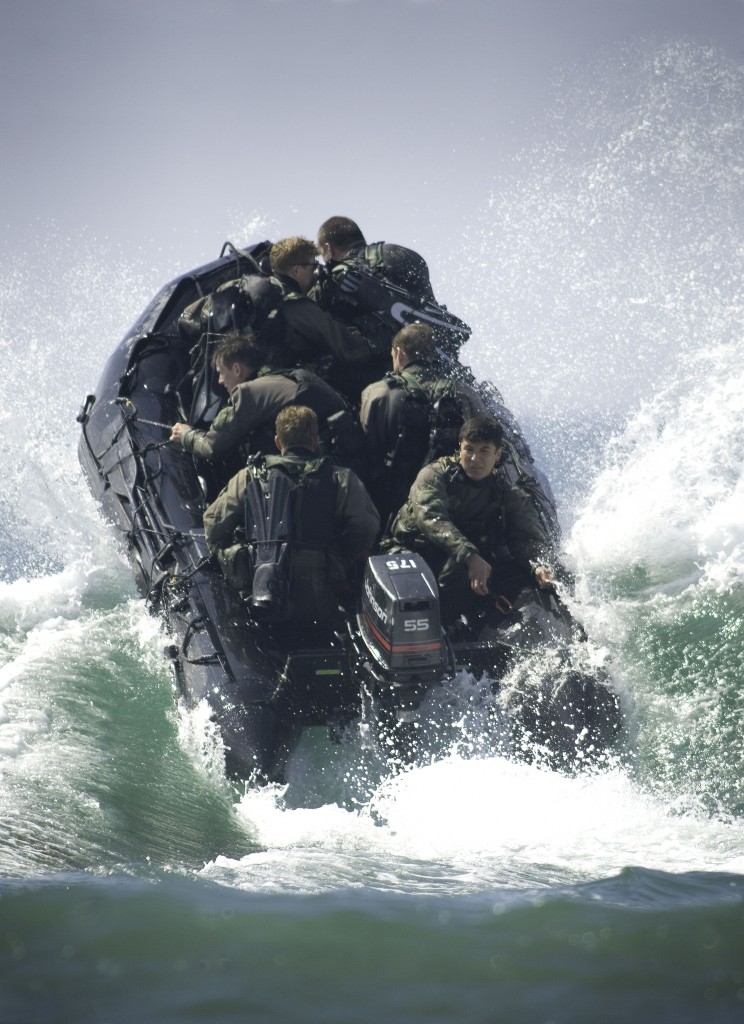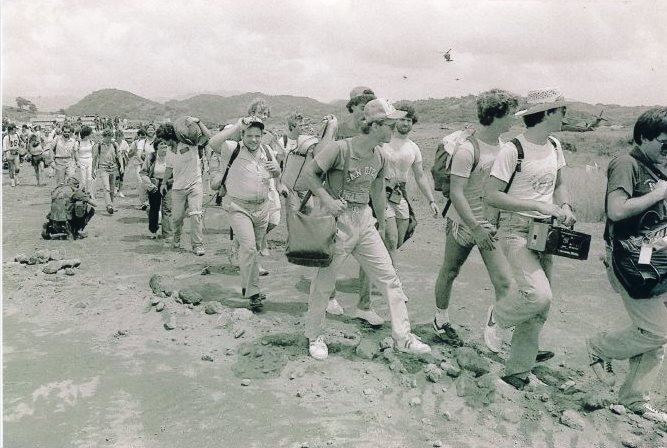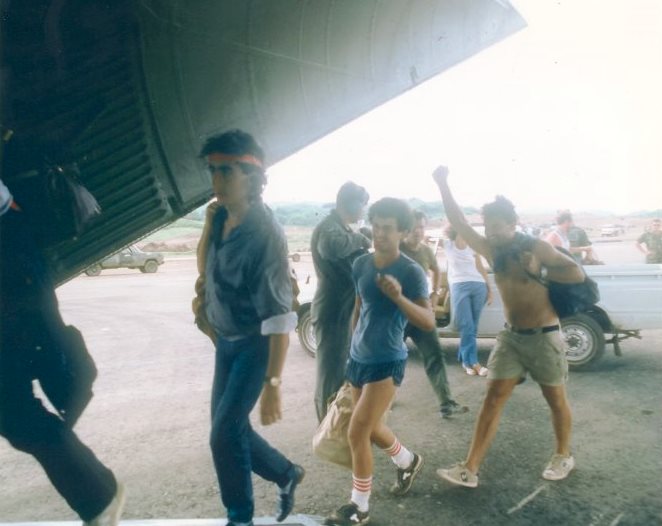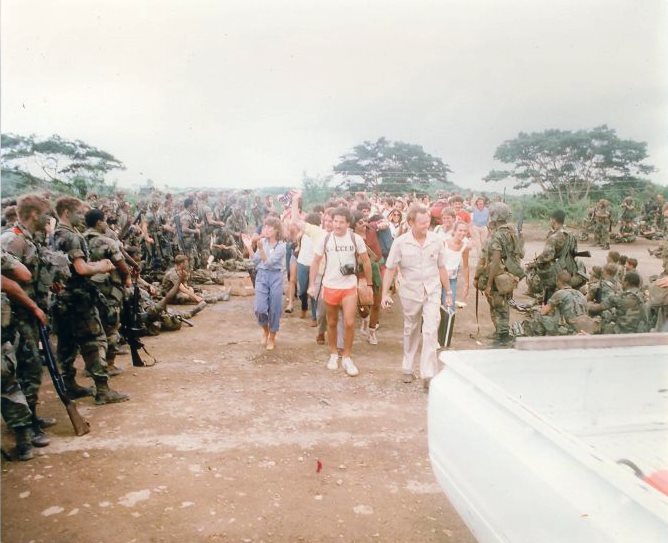Navy SEALs in Grenada Operation URGENT FURY
One SEAL Team was kept busy providing a beach reconnaissance for U.S. Marines coming ashore at Pearls Airfield. Two days later they were relocated to the west side of the island, where they performed three other beach recons. A later beach assault to locate missing American students was called off at the last moment, when a political decision was made to let the Army find and rescue them.
Another SEAL Team’s missions included the extraction of Grenada’s Governor-General and the capture of Grenada’s only radio tower. Neither mission was well briefed nor sufficiently supported with timely intelligence, causing the SEALs trouble from the very beginning. Delays in an airborne insertion caused their daytime calm-sea insertion to be pushed back to nighttime and a bad storm. One of their two transport planes missed its drop zone, and four SEALs were lost in a rain squall off the island’s coast. Their bodies were never recovered.
During the invasion, the SEALs split into two groups and proceeded to their objectives. After setting up at the Governor’s mansion, the SEALs realized that their satellite communications equipment was still on their insertion helicopter. As Grenadian and Cuban troops began surrounding the men, the SEALs’ only radio ran out of battery power. They were forced to improvise and used the mansion’s land line telephone to call their headquarters to direct AC-130 aircraft fire support on the approaching enemy. The SEALs maintained position in the mansion overnight and extracted the following morning, when they were relieved by a group of Force Recon Marines.
SEALs attacking the radio station also ran into communication problems. As soon as they reached the radio tower, they found themselves unable to raise their command group. After beating back several waves of Grenadian and Cuban troops, the SEALs decided that their position was too untenable. They destroyed the station and fought their way to the water, where they hid from patrolling enemy forces. They swam toward the open sea and were picked up several hours later after being spotted by a reconnaissance plane.
SEALs performed exceptionally during pre-assault reconnaissance operations and were responsible for the rescue and evacuation of Governor Sir Paul Scoon during Operation Urgent Fury. For the most part Grenada was a failure in leadership and communications; however, they were failures that the SEALs could learn from.
SEALs killed in Grenada, but not forgotten: Machinist Mate 1st Kenneth J. Butcher, Quartermaster 1st Kevin E. Lundberg, Hull Technician 1st Stephen L. Morris, and Senior Chief Engineman Robert R. Schamberger.





